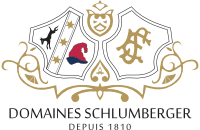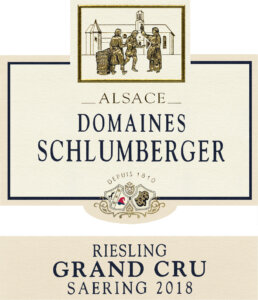History
First mentioned in 1250, the Saering plot escapes from the hill and extends like a peninsula on the plain, forming a sort of tongue of land in the form of a ring. It has been sold under its own since 1830.
Location
To the north of Guebwiller, Saering faces east and southeast at an altitude of 260 to 300. Saering ‘marl/limestone/
Wine-making
The grapes are handpicked and whole bunches are pressed. There is static settling of the lees. The wine is fermented in temperature-controlled tuns, followed by rising on the less for 8 months.
Gastronomy
It can be associated with a tasty cuisine. Lemon-marinated fresh sardines with olive oil, an eel kabayaki with white rice, a grilled red mullet with Southern French potatoes or a goat’s milk cheese, such as the Chevrotin Cendré.. Serving temperature 12°C.
This wine goes well with
Learn more about food & wine pairingTasting
The robe is light lemon yellow with green reflections, of medium intensity. The disk is bright, limpid and transparent. The wine shows youth.
The nose is marked, pleasant and intense. We perceive a dominant of fruity scents, citrus fruits, lemon, blood orange, white flowers, and spices, ginger. The airing enhances these scents and reveals a mineral and hydrocarbonic profile (gas and naphtha). The nose, a bit short, is sophisticated and marked by the terroir. Noble and precise, it expresses the stature of this Grand Cru.
The onset in the mouth is dense and full-bodied. The wine evolves on a medium of marked, vertical and saline liveliness. The range of flavours is the same as that of the nose, still dominated by citrus fruits, lemon zest, blood orange, white flowers, spices, white pepper, ginger and this unique mineral touch of naphtha and gas. We perceive a firm, noble and tasty hint of bitterness. The finish has a good length, 7-8 caudalies, as well as a frank liveliness and a hint of persistent bitterness.
The pure and crystalline balance of this wine is built and driven by the terroir. With time, the aromatic range promises to be a great one.















